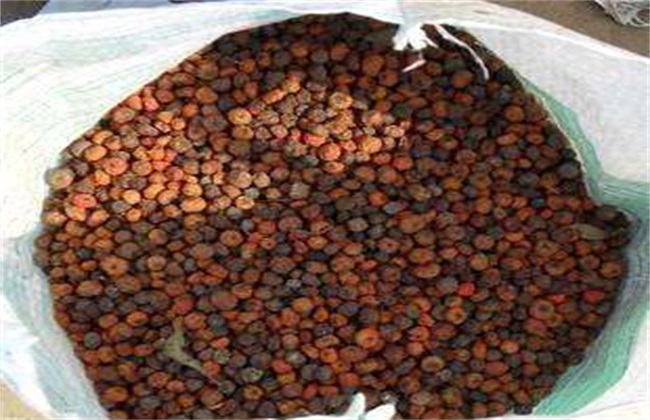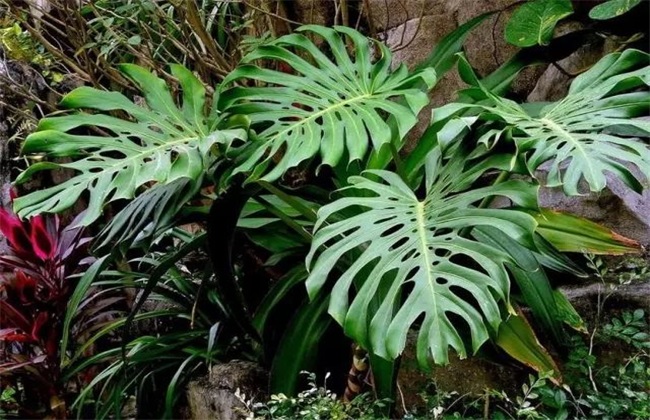Comprehensive Utilization of Residue of Edible Fungi Culture
First, it can be used as a culture material. Take the waste of Pleurotus ostreatus to cultivate straw mushroom as an example. Pleurotus ostreatus mainly uses lignin and hemicellulose in fiber materials, and rarely consumes cellulose. Therefore, in the waste of Pleurotus ostreatus bed, the content of cellulose is relatively high, which can meet the nutritional requirements of straw mushroom. The method is as follows: the culture material of cultivated Pleurotus ostreatus is broken after picking mushroom, dried and preserved in the sun. When composting straw mushroom material, 20 kg of new cottonseed shell, 20-30 kg of dry cow dung, 0.5 kg of urea, 1.5-2 kg of gypsum powder and 1 kg of calcium superphosphate were added to 100 kg waste. According to the conventional method, the composting time can be shortened by 2-3 days, the turn of the pile is reduced once, and the mushroom is produced 2-3 days ahead of time, which is roughly the same as that of dung grass compost.
Second, it can be used as the raw material of biogas digester. Using cottonseed hull, rice straw and sawdust as culture materials to cultivate edible fungi, the residue decomposed by mycelium is more easily used by biogas fermentation microorganisms, which can accelerate the decomposition of biogas fermentation microorganisms, produce gas earlier and produce more gas.
Third, it can be used as bacterial bran feed. Edible fungus has a strong decomposition ability. In the edible mushroom waste cultivated with straw as culture material, the crude fiber is degraded by 50% and the lignin is degraded by 30%. Because the waste contains a large amount of bacterial protein, so the content of crude protein increased from 2% to 6%, 7%, and the content of fat doubled. After the decomposition of mycelium, the stratum corneum and silicon cell tissue on the surface of straw material and the crystal structure of fiber were destroyed, showing loose and porous shape, which reduced mechanical strength, easy to crush, fragrant smell, good palatability and improved nutritional value. Used to raise pigs, cattle and other livestock, better than rice bran, can achieve the feeding effect of corn. The bacterial bran feed can be fed directly to pigs and cattle, or it can be pulped in a green feed beater and then mixed with other feed, or it can be directly mixed with other feed without processing.
Fourth, it can be used as organic fertilizer. The nutrients in the residue of the culture material include the components that can not be directly used by the mycelium, the metabolites of the mycelium and the mycelial protein after the mycelium decomposition. According to the analysis, each ton of residue contains about 10 kg of nitrogen, 1 kg of phosphorus and 10 kg of potassium, and the ratio of carbon to nitrogen is small, and the nutrients are in a state of quick effect, which is easy to be absorbed and utilized by crops. The application of 3000-4000 kg of culture residue per mu can increase the yield of corn by more than 10% and that of wheat and soybean by about 30%. The application of culture residue in farmland can not only improve soil fertility, but also help to improve soil physical and chemical properties, promote the formation of soil aggregate structure, and enhance soil water holding capacity and permeability. Organic acids and other substances in the metabolites can also stimulate the growth of nitrogen-fixing microorganisms in the rhizosphere, while some metabolites can inhibit the growth of harmful microorganisms.
Related
- Fuxing push coffee new agricultural production and marketing class: lack of small-scale processing plants
- Jujube rice field leisure farm deep ploughing Yilan for five years to create a space for organic food and play
- Nongyu Farm-A trial of organic papaya for brave women with advanced technology
- Four points for attention in the prevention and control of diseases and insect pests of edible fungi
- How to add nutrient solution to Edible Fungi
- Is there any good way to control edible fungus mites?
- Open Inoculation Technology of Edible Fungi
- Is there any clever way to use fertilizer for edible fungus in winter?
- What agents are used to kill the pathogens of edible fungi in the mushroom shed?
- Rapid drying of Edible Fungi



